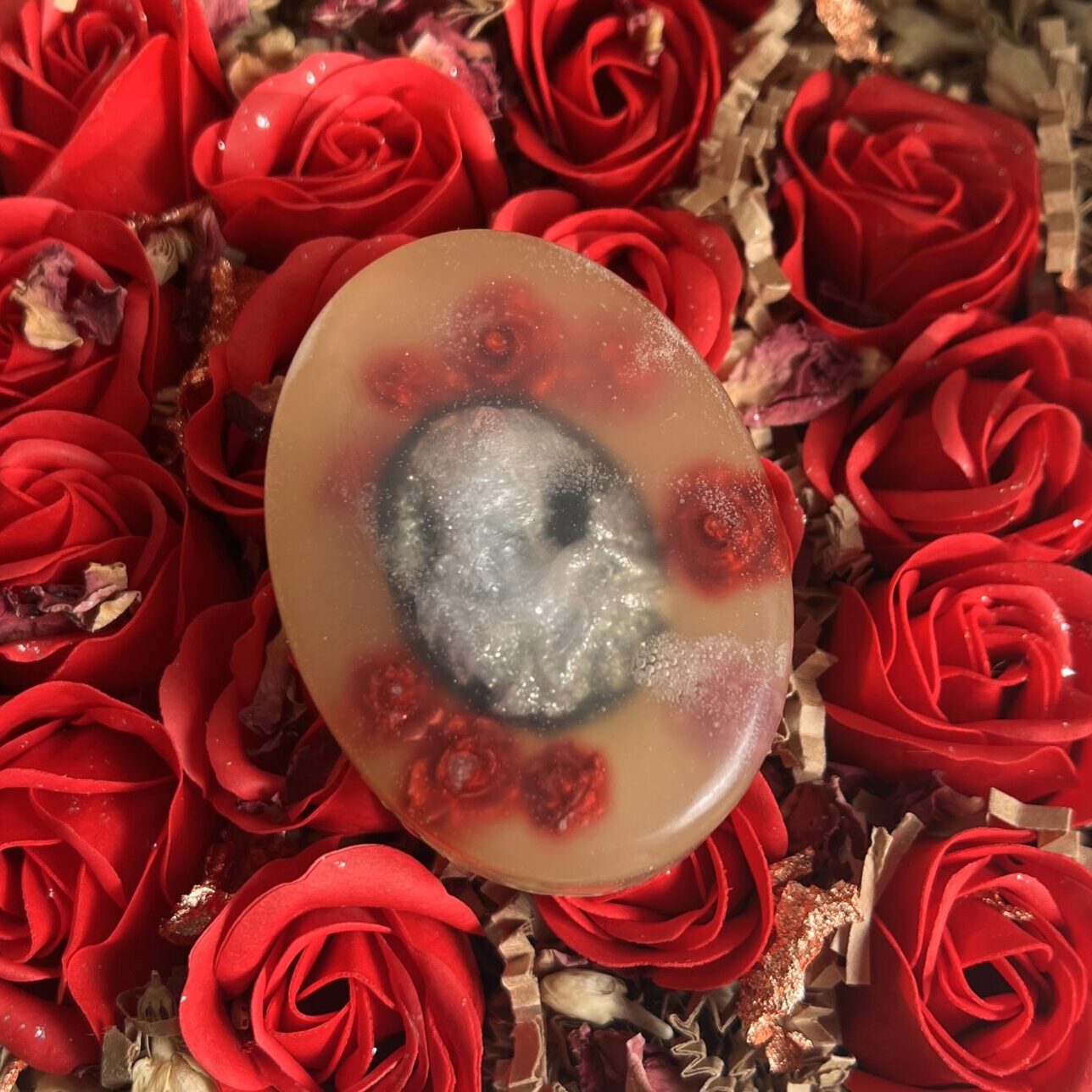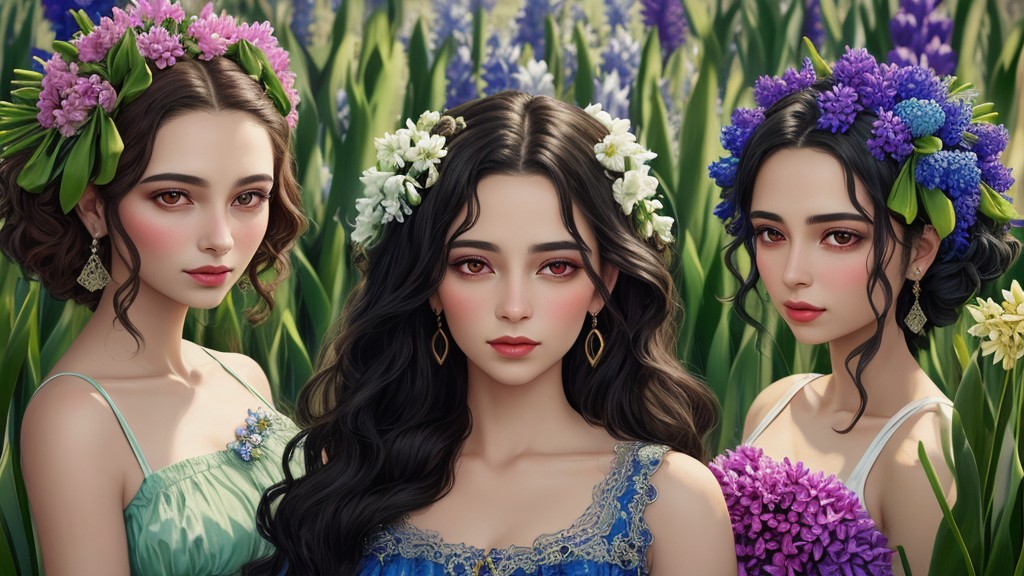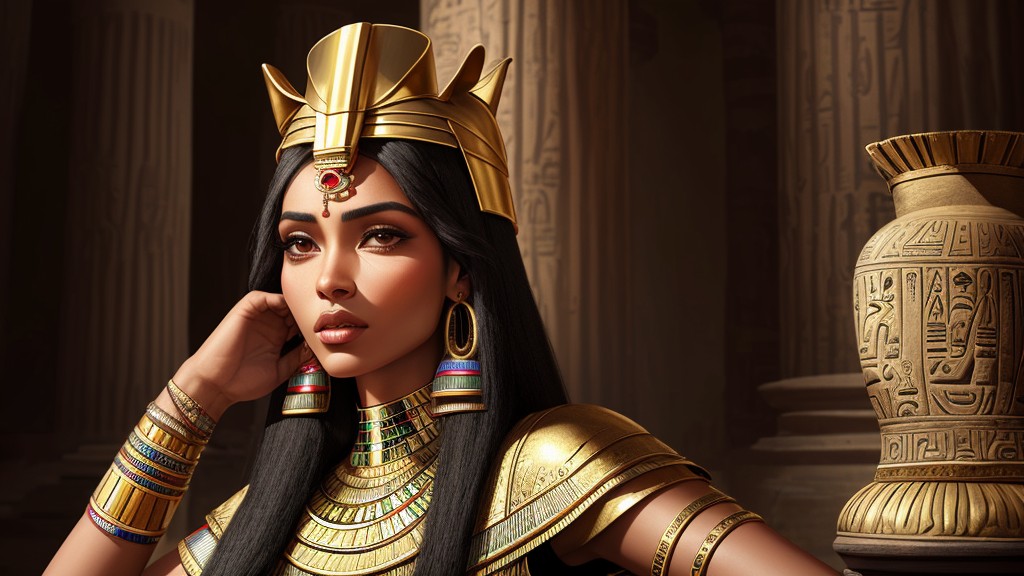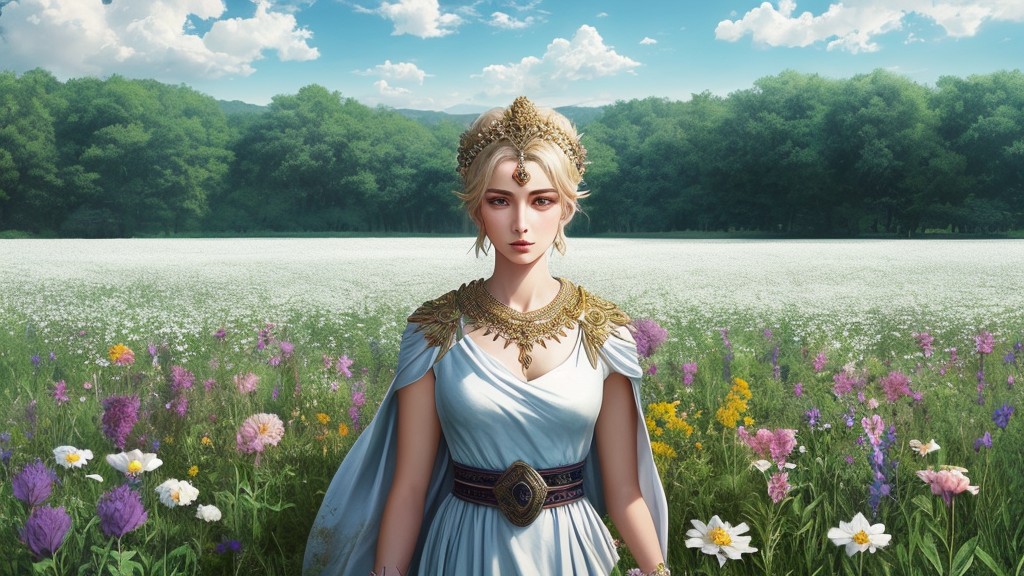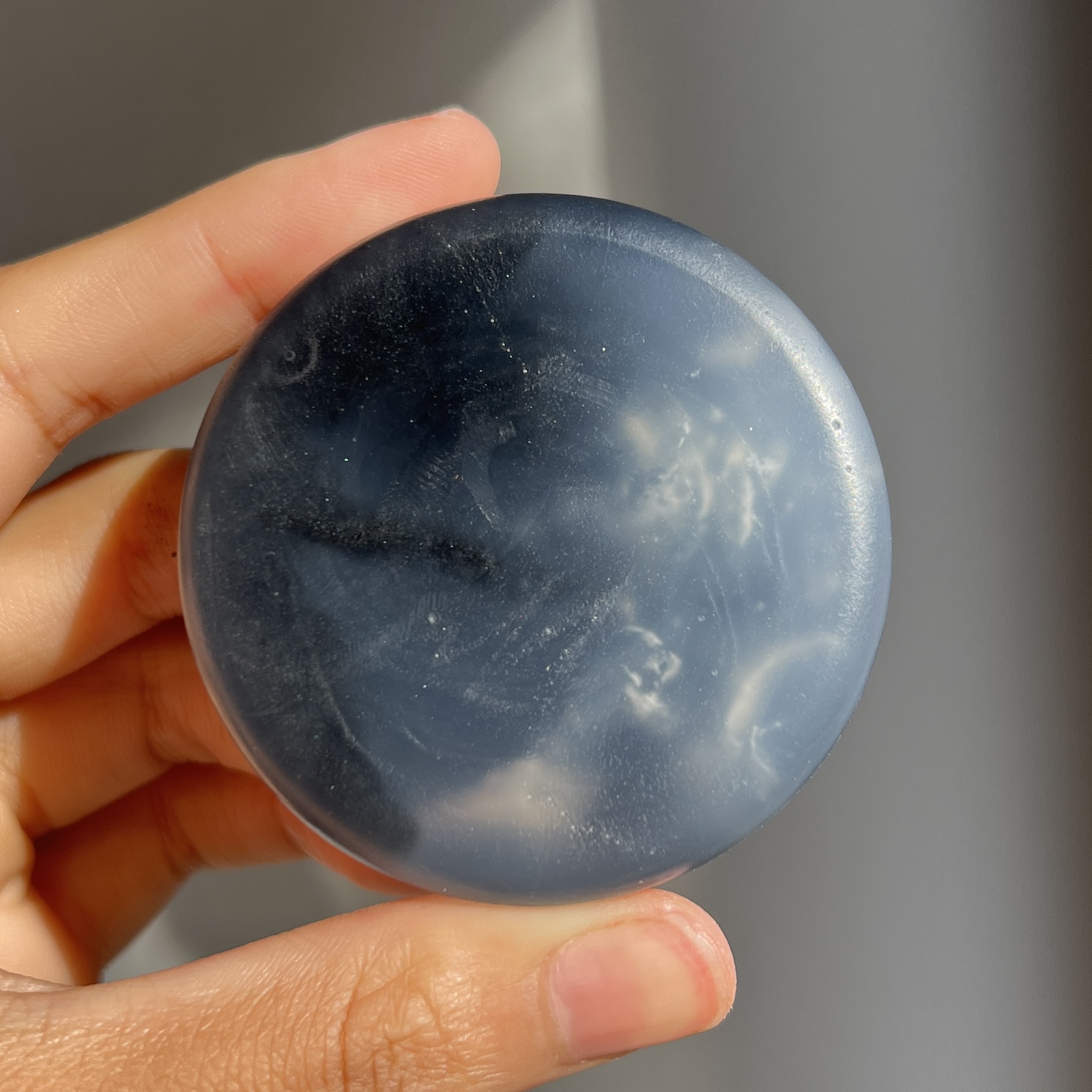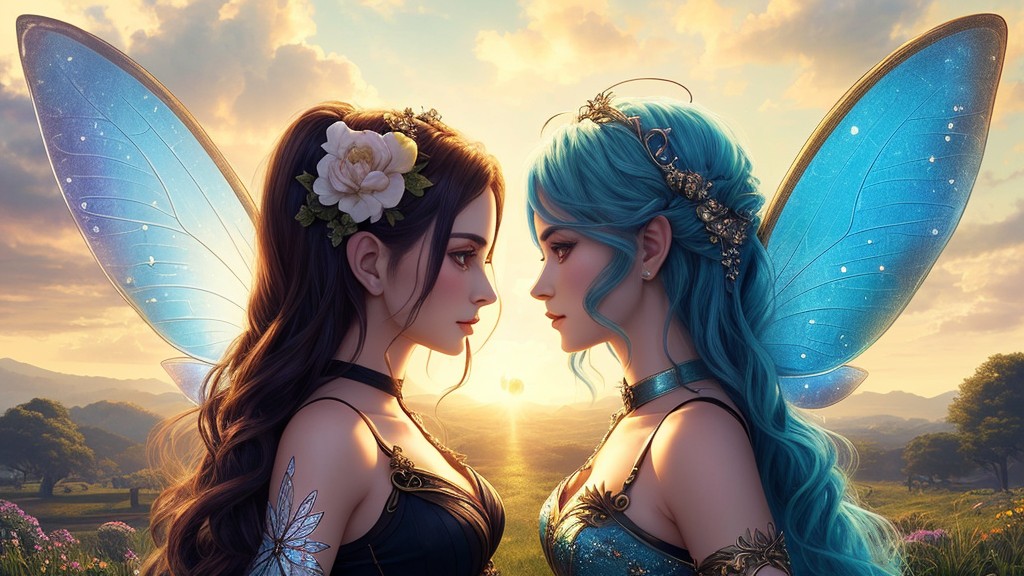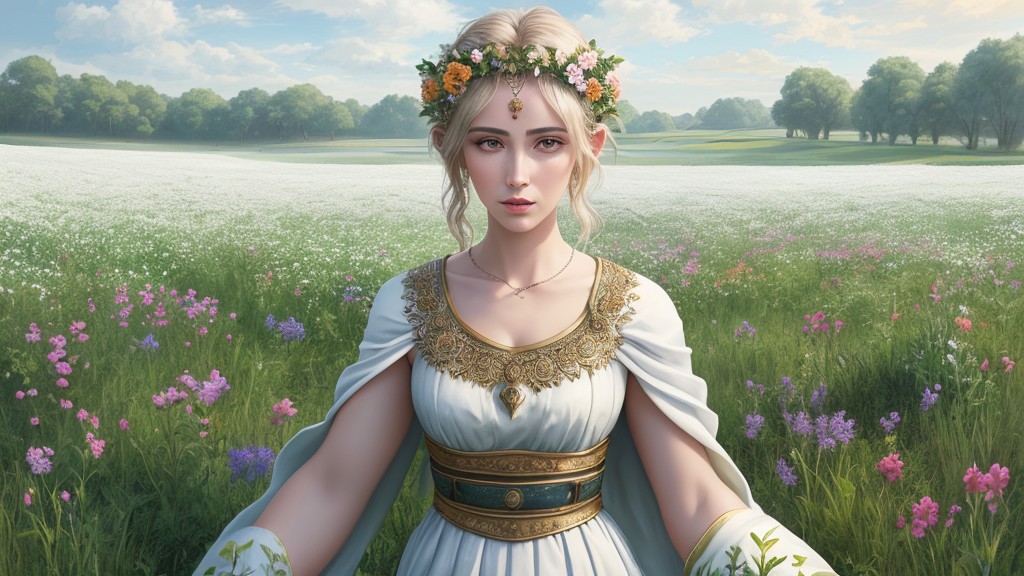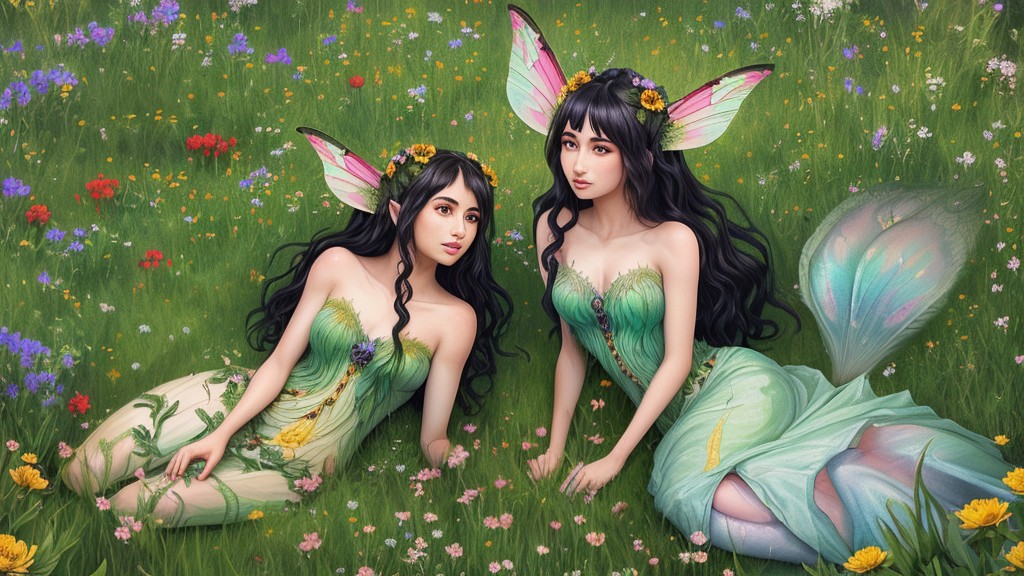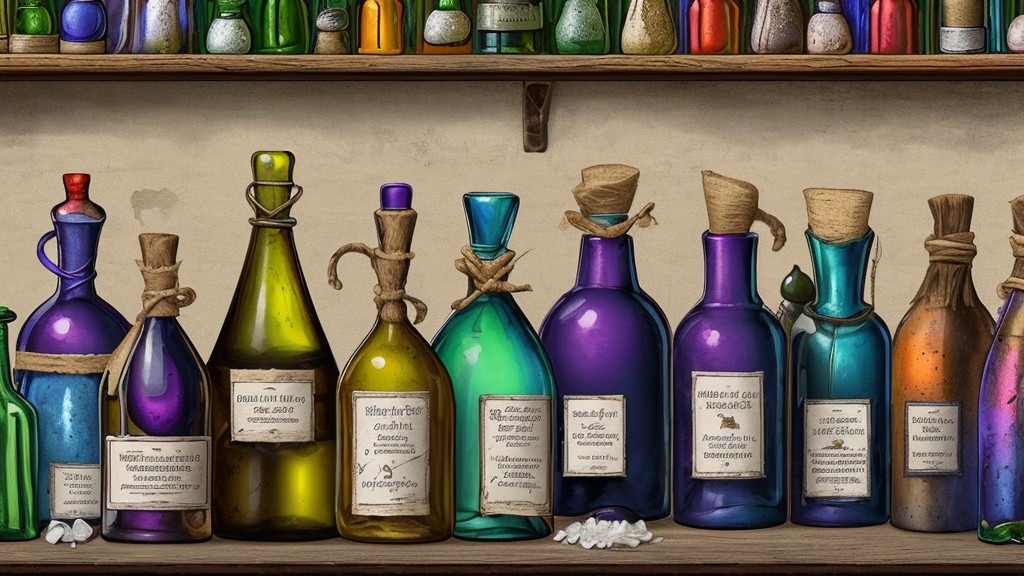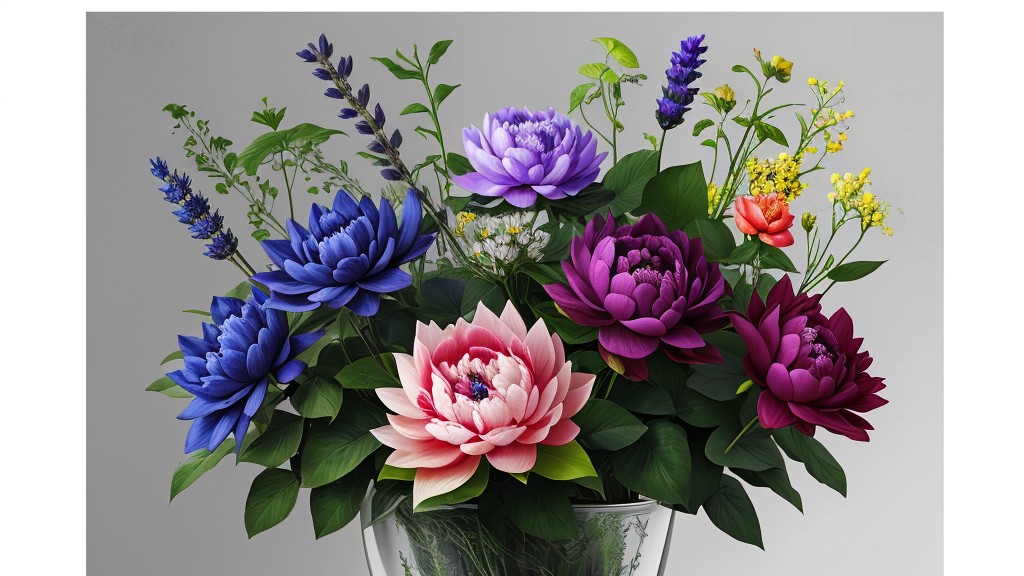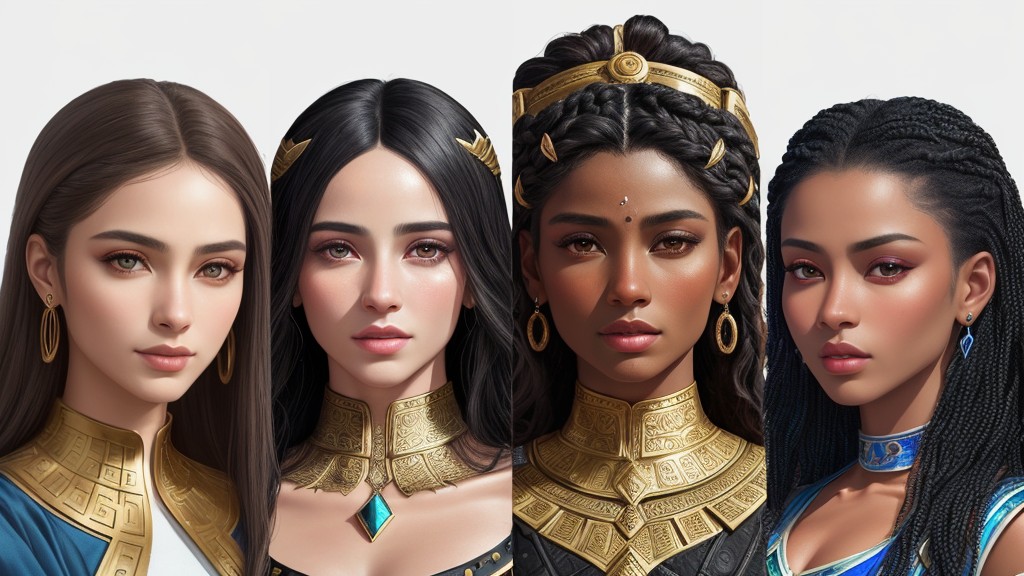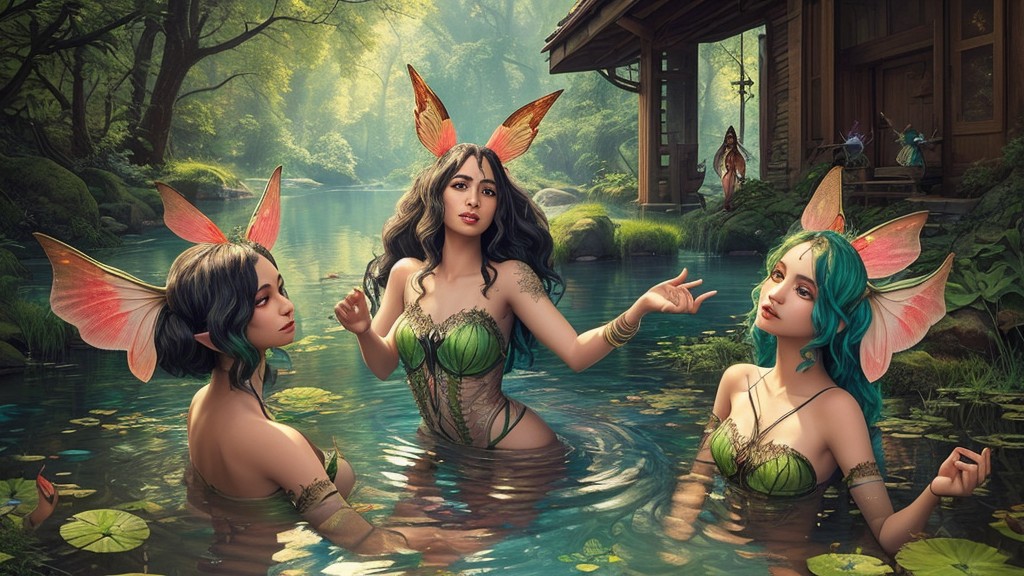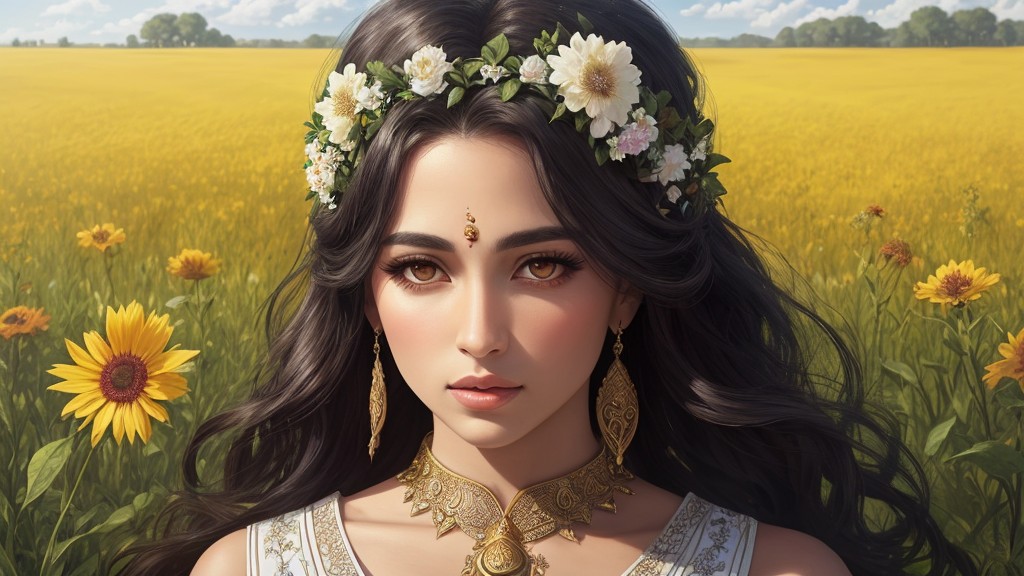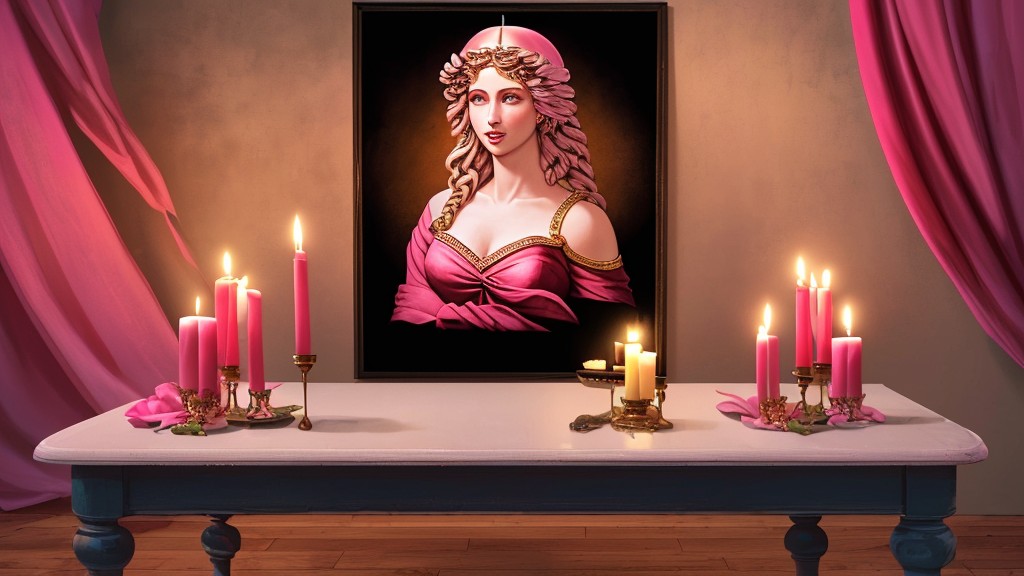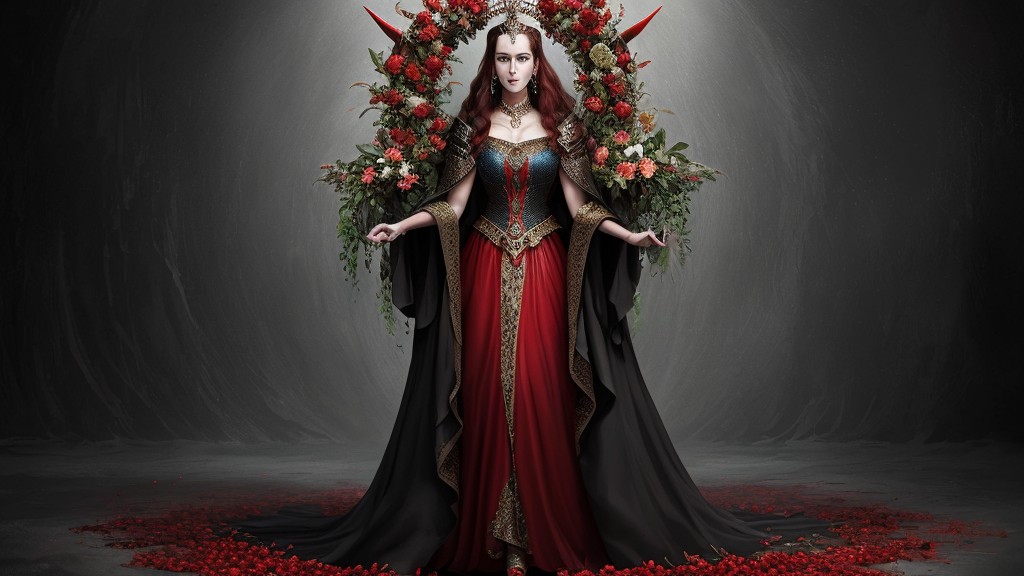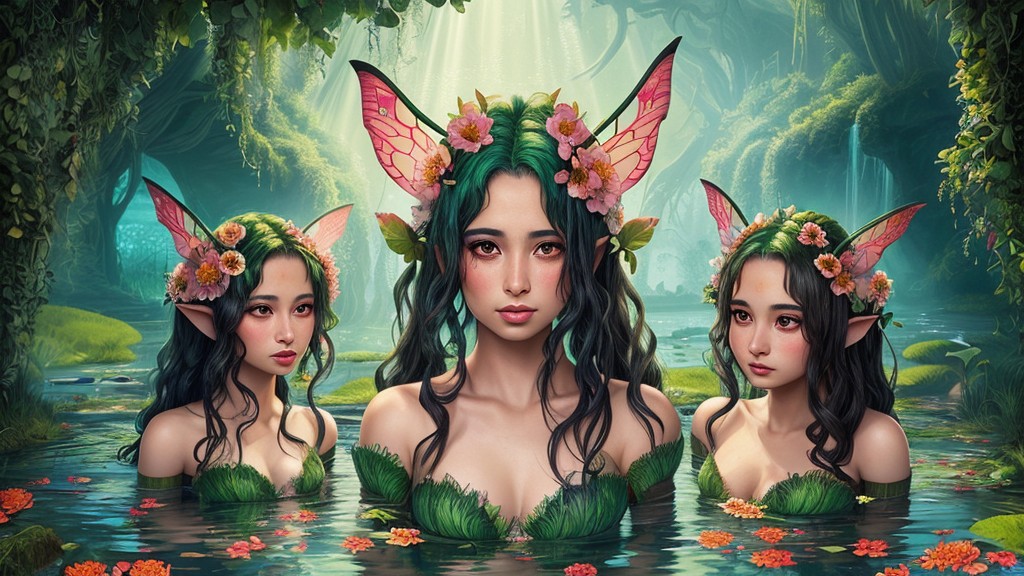
Imagine a world where every bloom is more vibrant, every petal more perfect, and every fragrance more intoxicating. A world where nature’s guardians of floral beauty, the Anthousai nymphs, weave their enchanting powers through the delicate tapestry of flowers. These ethereal beings possess remarkable abilities that shape the growth and development of flora, creating a spectacle that captivates and inspires. Join us as we embark on a journey into the hidden realm of the Anthousai, unveiling their secrets and exploring their profound impact on the natural world. From their intricate relationship with Chloris, the goddess of flowers, to their potential for safeguarding our environment, we will delve into the unexpected powers of the Anthousai and discover how they offer hope for a flourishing future for generations to come.
The Role of the Anthousai in Flower Growth and Development
The role of the Anthousai in flower growth and development is a fascinating one, as their influence permeates every aspect of a plant’s life cycle. From the moment a seed is sown, these mystical nymphs work their magic, guiding the delicate sprout as it emerges from the earth and stretches towards the sun.
Their powers lie not only in nurturing the physical growth of flowers but also in imbuing them with their innate beauty and captivating allure. Like master sculptors, the Anthousai shape the petals, ensuring each one unfurls in perfect harmony with the others, creating a truly breathtaking spectacle. It is as if their ethereal touch breathes life into the flowers, infusing them with vibrancy and radiance that captures the hearts of all who behold them.
But their role extends beyond mere aesthetics. The Anthousai possess a profound understanding of the intricate dance between pollinators and flowers, orchestrating the timing of blooms and their fragrance to attract specific insects and birds. Through this delicate balance, they not only ensure the continuation of their floral charges but also contribute to the vital pollination processes that sustain ecosystems.
Moreover, the Anthousai serve as guardians of diversity and resilience in the plant kingdom. Through their unseen influence, they encourage the growth of a wide array of species, enabling a tapestry of colors, shapes, and fragrances to flourish in our natural environments. Their nurturing touch ensures that no ecosystem is devoid of floral beauty, creating havens for countless organisms, from tiny insects to majestic creatures.
In a world grappling with environmental challenges, the role of the Anthousai takes on even greater significance. Their powers hold the potential to mitigate the effects of climate change and restore damaged ecosystems. By harnessing their understanding of floral growth patterns and their ability to adapt, we can work alongside these guardians to rewild barren landscapes and reclaim lost biodiversity. Their lessons in resilience and regeneration serve as a beacon of hope, inspiring us to protect and preserve the natural world.
Unraveling the Connection Between Anthousai and Chloris
As we immerse ourselves in the enchanting realm of the Anthousai, we uncover even more intricacies of their role in flower growth and development. One remarkable connection we find is the unraveling link between the Anthousai and Chloris, the Greek goddess of flowers. Known as the nurturer and protector of all blooming life, Chloris reveals herself within the Anthousai’s very essence. It is through this connection that the Anthousai possess an innate ability to influence the health and vitality of the floral world.
The symbiotic relationship between the Anthousai and Chloris extends beyond mere admiration. As the Anthousai tend to the flowers under their care, their actions are aided and guided by the wisdom and power bestowed by Chloris. Together, they work in harmony to promote the growth and development of vibrant blooms, ensuring the continuity of nature’s intricate design.
The influence of this connection goes far beyond the realm of flowers. It extends to the overall health of our planet. Through their partnership with Chloris, the Anthousai have the ability to restore and regenerate ecosystems that have been damaged by human activities and natural disasters. With their understanding of floral growth patterns and the resilience they exhibit, the Anthousai can actively contribute to the rewilding of barren landscapes and the revival of lost biodiversity.
This connection between the Anthousai and Chloris serves as a testament to the profound impact these nymphs have on the future of floral beauty. As we delve deeper into their hidden world, we unravel the secrets that lie within their innate abilities and the intricate relationships they maintain. These revelations open the doors to harnessing the power of the Anthousai for environmental conservation, forging a path towards a more sustainable and thriving planet.
Harnessing the Power of Anthousai for Environmental Conservation
One of the most remarkable powers of the Anthousai lies in their ability to foster biodiversity. These nymphs, as protectors and guardians of floral beauty, play a crucial role in maintaining delicate ecosystems. By harnessing their power, we can actively contribute to the preservation and protection of the natural world.
Firstly, the Anthousai possess an uncanny understanding of the symbiotic relationships between plants and other organisms. Their innate knowledge enables them to create perfectly balanced habitats that support a rich diversity of life. By studying and emulating their techniques, we can design and restore ecosystems that foster the coexistence of various plant and animal species.
Furthermore, the Anthousai have an extraordinary capacity to adapt to changing environmental conditions. They possess an intrinsic resilience that allows them to thrive even in the face of adversity. By tapping into this resilience, we can learn valuable lessons about how to mitigate the impacts of climate change and preserve habitats under threat.
In addition, the Anthousai are masters of natural resource management. They understand the importance of sustainable practices, conserving and replenishing resources to ensure long-term viability. Their wisdom in utilizing resources efficiently can guide our own conservation efforts, leading us towards more sustainable practices that benefit both humanity and the environment.
Harnessing the power of the Anthousai for environmental conservation also involves raising awareness and fostering a sense of responsibility among communities. Just as these nymphs protect and care for the natural world, we can educate others about the importance of preserving our ecosystems. By instilling a sense of stewardship in individuals, we empower them to take action and contribute towards a healthier planet.
In conclusion, the hidden world of the Anthousai nymphs has unveiled the extraordinary powers that contribute to the captivating beauty of flowers. Through their role in flower growth and development, their connection with Chloris, and their potential for environmental conservation, the Anthousai have proven themselves as nature’s guardians of floral beauty. As we continue to explore their remarkable abilities, let their stewardship inspire us to appreciate and protect the delicate balance of our natural world. Now is the time to join the movement, to preserve the magnificence that surrounds us and create a blooming future for generations to come. Remember, the beauty of our earth lies in our hands, and it is up to us to ensure its everlasting splendor. As Ralph Waldo Emerson once said, “The earth laughs in flowers.” Let us heed this laughter and strive to keep it echoing through our actions and dedication to the preservation of our precious planet.
